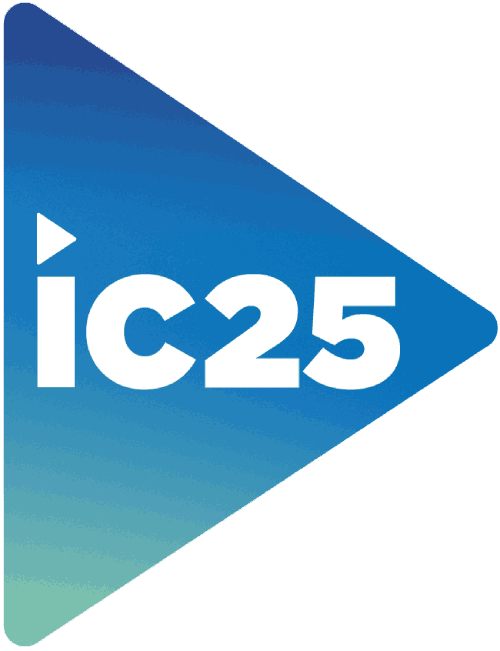Connected Justice: Audiovisual integration in courtrooms
)
Particularly in judicial environments, where clarity of speech, management of speaking time and faithful recording of what is said are critical elements, audiovisual systems must meet the highest standards of quality and robustness.
Clear voice pickup: conference microphones
One of the most important elements in a courtroom is the correct recording of oral interventions. For this purpose, gooseneck microphones or conference stations are used to record each participation with high fidelity. These devices not only ensure the intelligibility of the speech, but also facilitate the order of the speaking time, which is essential to maintain the formality of the process.
With this premise, the state of Tlaxcala in Mexico was the scene of an important modernization initiative promoted by the Federal Judiciary Council. Through an ambitious project achieved by the integrator Asesores y Consultores en Tecnología, eight oral trial rooms were rehabilitated and implemented in different Judicial Districts: Juarez, Sanchez Piedras, Guridi y Alcocer, Zaragoza and Ocampo.
The main focus of these renovations was the incorporation of state-of-the-art technology aimed at improving the judicial experience for both system operators and citizens.
Each room was equipped with 13 gooseneck microphones model HCS-1857CA/15 of the TAIDEN brand, distributed in Mexico by Navits, specifically designed for environments where speech intelligibility is essential. These devices allow accurate voice capture and high noise rejection, ensuring that each intervention is heard clearly.
They were mounted on conference bases model HCS-1858BS, which integrate speech control functions, indicator lights and facilitate the operation of the system during hearings by delivering independent signals, one for each microphone.

Audio and video distribution: uniform coverage and visibility
A well-designed audiovisual system includes strategically distributed speakers, ensuring that everyone present can hear clearly, regardless of their location within the room. This is in addition to the incorporation of monitors or screens, used to show evidence, presentations or participate in videoconferences, promoting a more inclusive and understandable experience for all involved.
Recording and archiving: accurate and secure evidence
Recording hearings is a key requirement in many judicial systems. AV systems can capture audio and video in high quality, generating reliable records that can be securely stored, consulted in case of appeals or used to ensure the transparency of the judicial process.
Videoconferencing: access to justice without barriers
The possibility of conducting remote hearings is another advantage offered by audiovisual technology. Through PTZ cameras (pan-tilt-zoom) and videoconferencing systems, witnesses, experts or even defendants can participate from remote locations, reducing travel, costs and time. This function is also key in contexts where security or distance are critical factors.

Automation and centralized control
The use of integrated control systems allows the different components of the AV system to be managed from a single interface: microphone volume, camera selection, content projection or recording management. This improves operational efficiency and reduces errors during hearings.
AV technology for more efficient justice
In short, the implementation of audiovisual technology in courtrooms not only modernizes the infrastructure, but improves the quality of judicial service, promotes transparency and optimizes resources. When properly designed and installed, these systems are not only technical tools, but guarantors of clear and equitable communication, a fundamental basis of any legal process.
Want to know more about these types of solutions and applications? You can find all this and much more at InfoComm Latin America, where companies like Navits and its brands (Booth #196) will be present showing the latest technologies.Register now and guarantee your admission!



